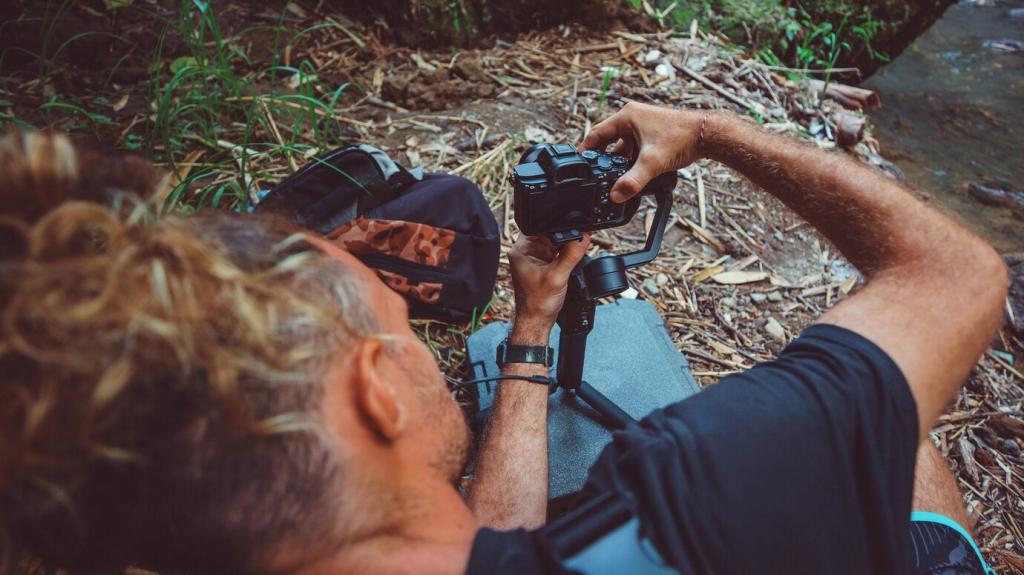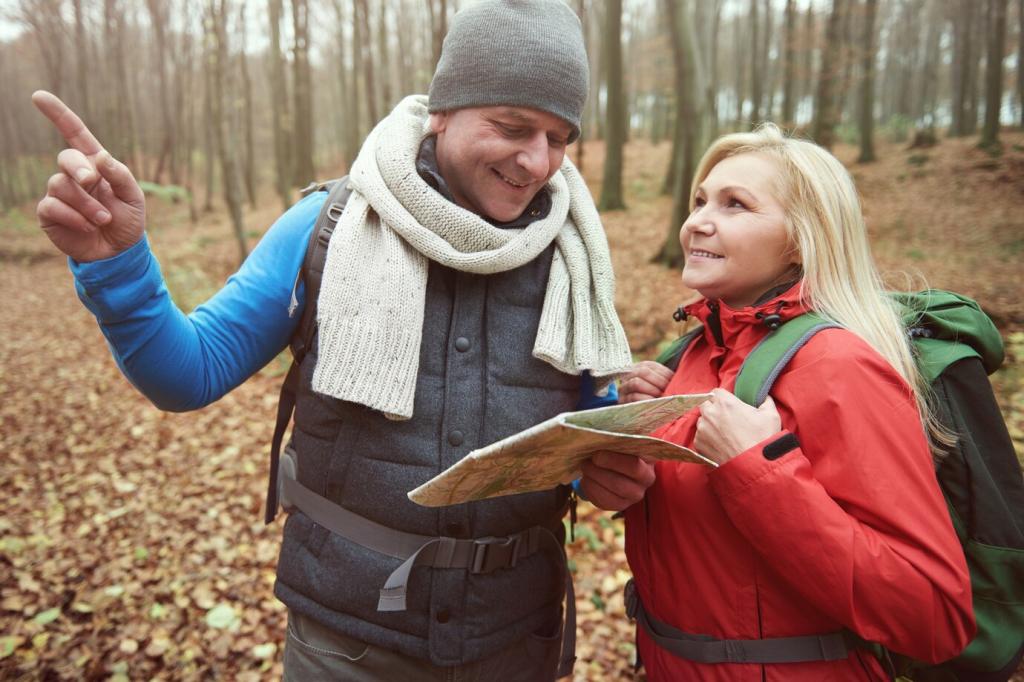Footwear Built for Storm Trails
Look for gusseted tongues, robust rands, and lug depths around 5 mm with spacing that sheds mud. Softer rubber compounds bite wet rock better, though they may wear faster. Breathable membranes tame sweat but never fully replace ventilation. A reader once avoided a nasty slide thanks to stickier soles—what boot saved your stormy hike?
Footwear Built for Storm Trails
Knee-high gaiters deflect splash and debris, while ultralight ankle models keep grit out during drizzle. Durable underfoot straps and snug closures prevent seepage when grass is thigh-wet. I’ve watched water sheet harmlessly away while neighbors squelched. Pair with rain pants for a seamless shield. Tell us your favorite gaiter height and material.






